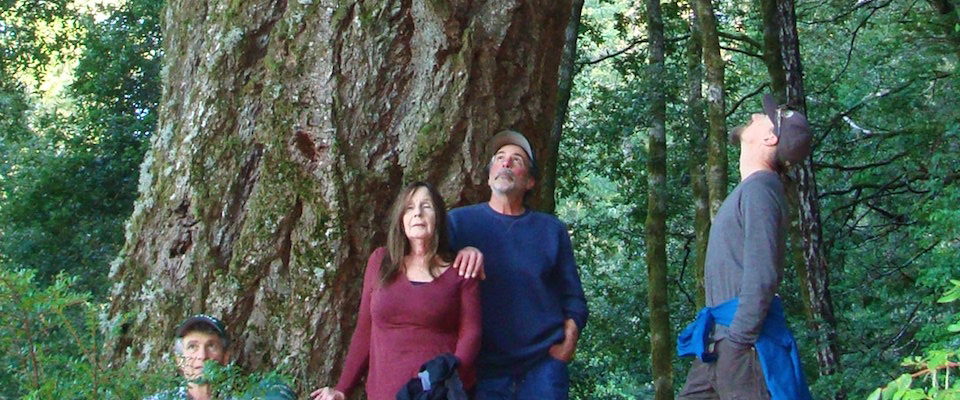Steve Jobs may have enforced his will on the future, but his vision was founded on the work of people who preceded him. One of them, Douglas Engelbart ’52, Ph.D. ’55, died today at the age of 88. Among other landmark inventions, he created the computer mouse.
Like Jobs, Engelbart was visited by epiphanies that shaped his life—and ultimately, civilization. As a radar operator in the Philippines in World War II, he read a piece in The Atlantic Monthly by Vannevar Bush entitled “As We May Think”; it decried the scientific impulse toward destructive technologies and called for the construction of a “collective memory machine” that would disseminate information easily and freely among the citizenry. Engelbart credited the article with changing his life, in that it started him thinking of interconnected computing and its potential social power.
But his defining insight occurred in 1950, when he worked for Ames Research Center, a government aerospace facility. He was woolgathering in the laboratory – basically mulling over his options – when he was struck with a compelling image of the coming information age. He saw himself sitting in front of a large screen similar to the radar screens he had monitored during the war. The screen was filled with symbols – icons, as it were. Such a screen, Engelbart realized, could function as an interface for retrieving and organizing vast quantities of information.
Ten years later he was a researcher at Stanford Research International (later SRI International), and became a fervent evangelist for what he termed “bootstrapping” or “augmented intelligence”: expanding human consciousness via intuitive, and ultimately seamless, interaction with computing devices.
In 1963 he invented the oddly rodential gizmo that changed computing: the mouse. The first model was a pine block fitted with wheels on its ventral surface and a wire sticking out from its rear dorsal end. The wire reminded Engelbart of a tail, and led to the device’s sobriquet.
Five years later, he unveiled a refined mouse at the Fall Joint Computer Conference in San Francisco, an event that has since become known in cyberlore as The Mother of All Demos. Projecting a computer display on a large screen, Engelbart showed his rapt audience how the mouse and accompanying keyboard could be used to retrieve and share information, teleconference, and send and receive email.
The world, at that moment, shifted. But it took 15 years, Apple, and Microsoft before the rest of us realized it.
Engelbart was born in Oregon in 1925 and died July 3, 2013, in Atherton of kidney failure. He is survived by his wife, Karen O’Leary Engelbart; his son, Norman; his daughters, Diana, Christina, and Gerda; and nine grandchildren.
—Glen Martin




















